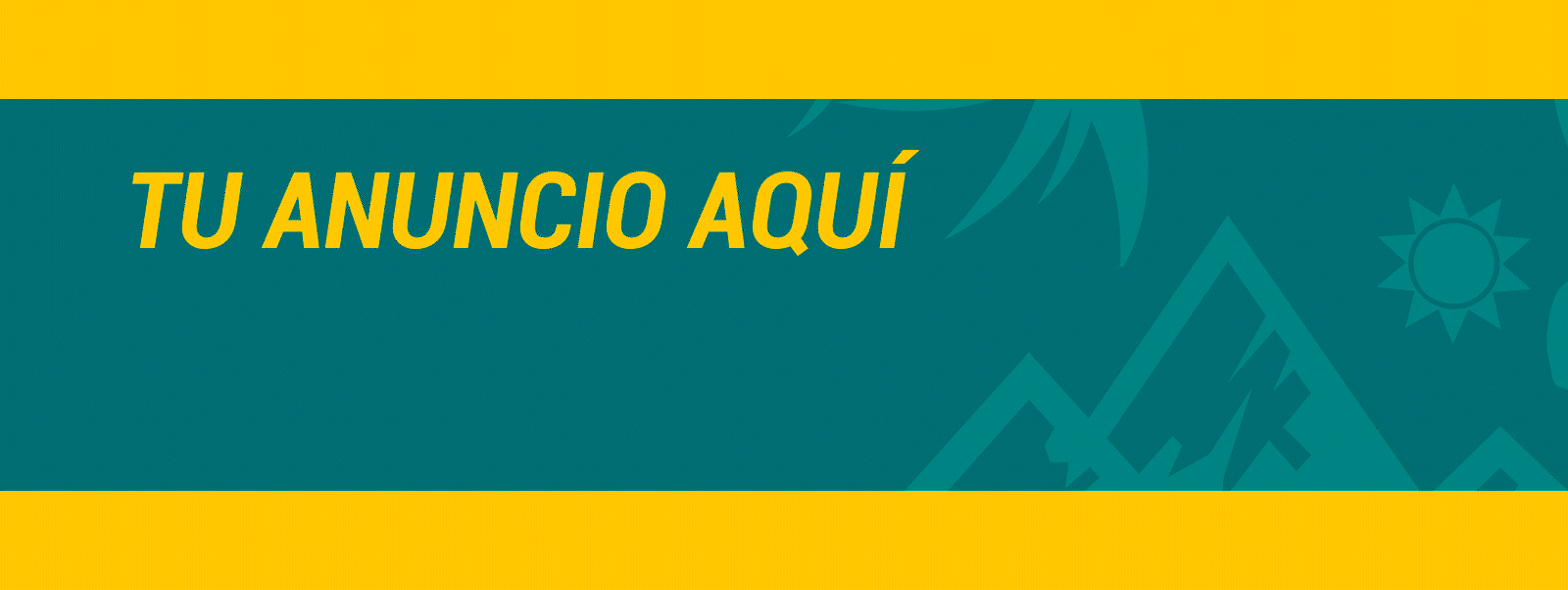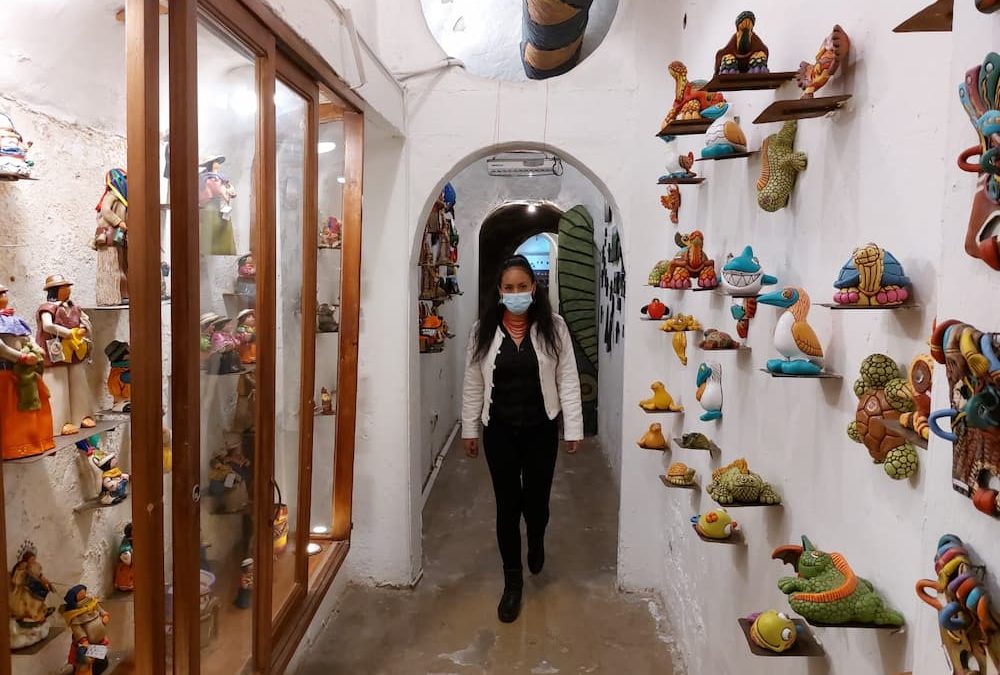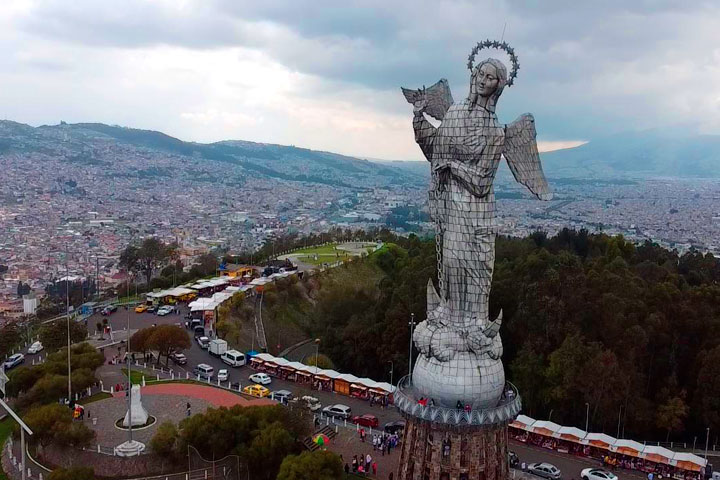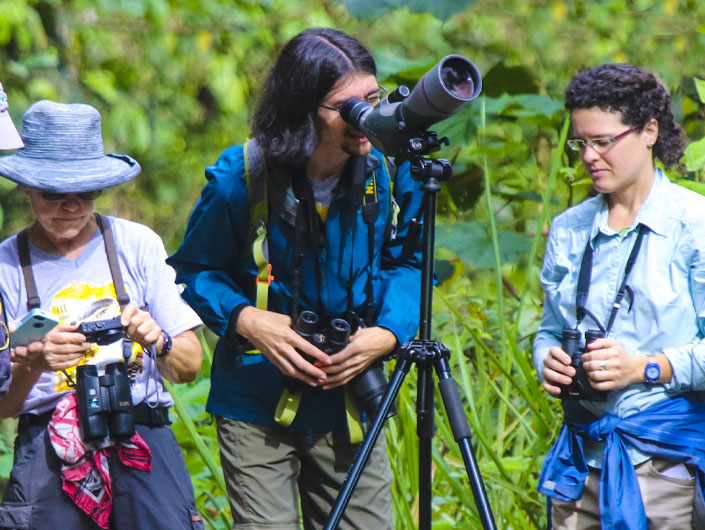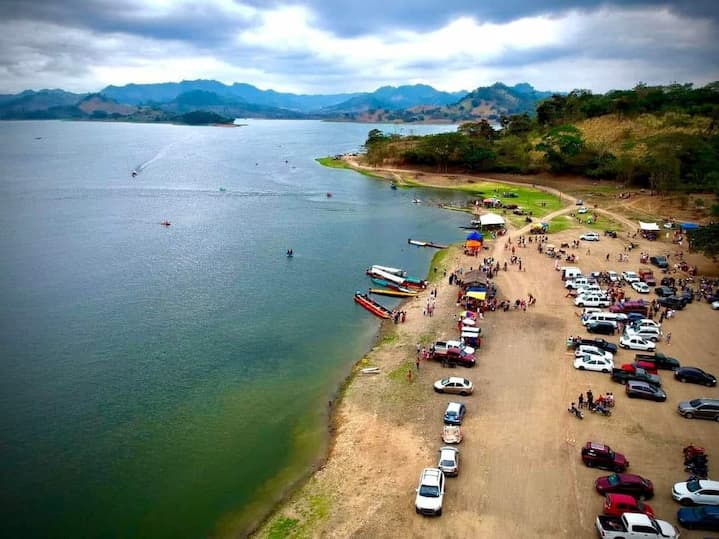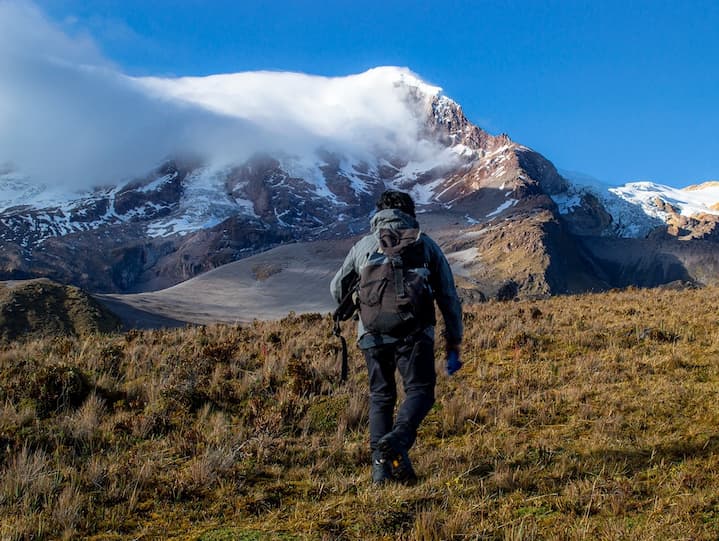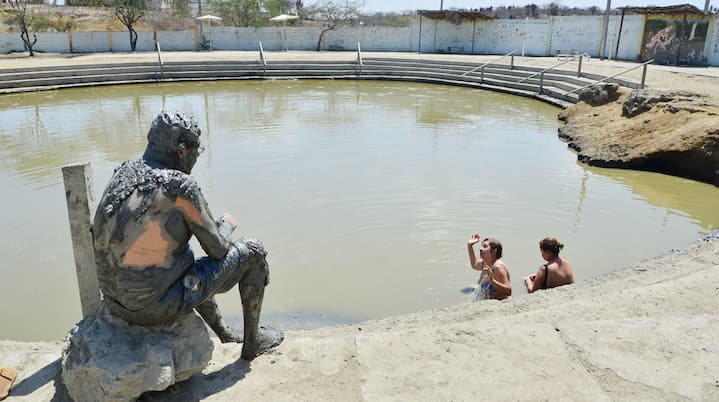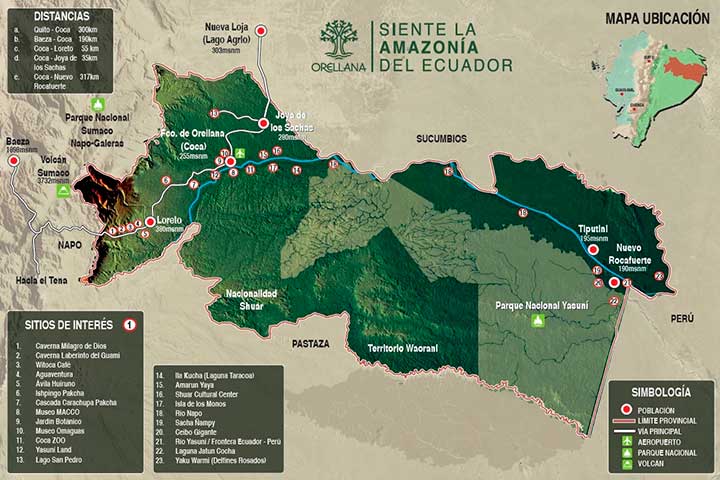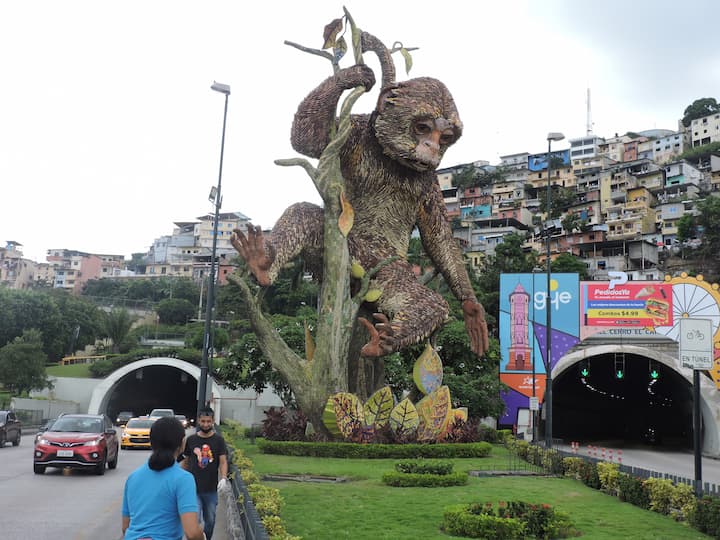For many, talking about the Atrium of San Francisco, in the historic center of Quito, is to remember Cantuña, the Indian who in colonial times undertook to build that infrastructure. Legend has it that one night, before the stipulated deadline, Cantuña was desperate because he was not going to finish his work and agreed with the devil to finish it before dawn. How payment would he give his soul. Thousands of imps did, but one stone was missing and the contractor saved his soul.
Today, the square, the atrium and the church of San Francisco are visited by thousands of people, they are a tourist icon. But not many know that under the atrium there are catacombs where famous people are buried, and even fewer know that Ecuador Shops, a crafts store, now operates in a section of those tunnels.
There, the visitor can purchase a garment made by artisans from different parts of the country. It is a journey through history and the present, since replicas of archaeological pieces are also offered there. Outside, on the left side of the access to the church, is Ecuador Shops, like one more store. Upon accessing its interior, the colorful handicrafts leave the visitor amazed. From there, it connects to the left with another store measuring about 5 by 5 meters and with the entrance to a gallery of tunnels of almost 20 meters.
Andrea Carupiña is the administrator of Ecuador Shops and details that they work with various indigenous communities, local artists and urban artists who make replicas of ceramic-based archaeological pieces.
What's in store
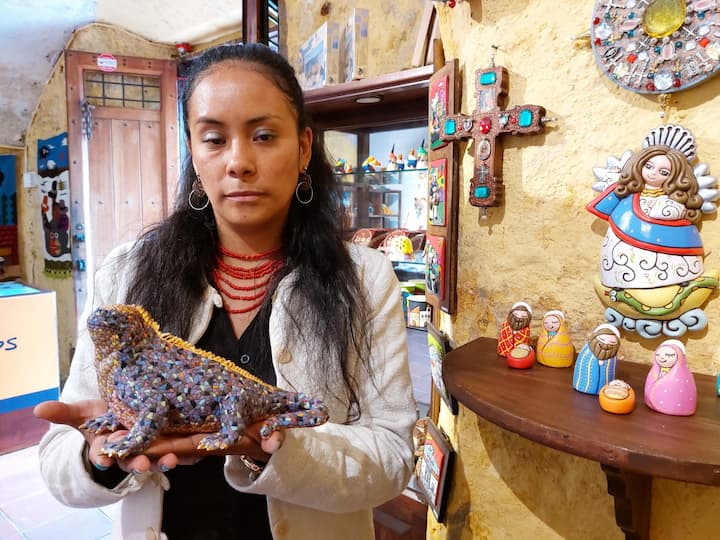
Andrea Carupiña displays a ceramic iguana, one of Ecuador Shops' valuable items.
The store is very colorful because there are pieces and decorations of characters from the Sierra, Andean animals and colorful ceramic plates. National and foreign visitors are delighted by its designs and colors. There are two interconnected rooms and behind the inner room is the door to the catacomb. Throughout the journey, visitors observe dozens of objects for sale.
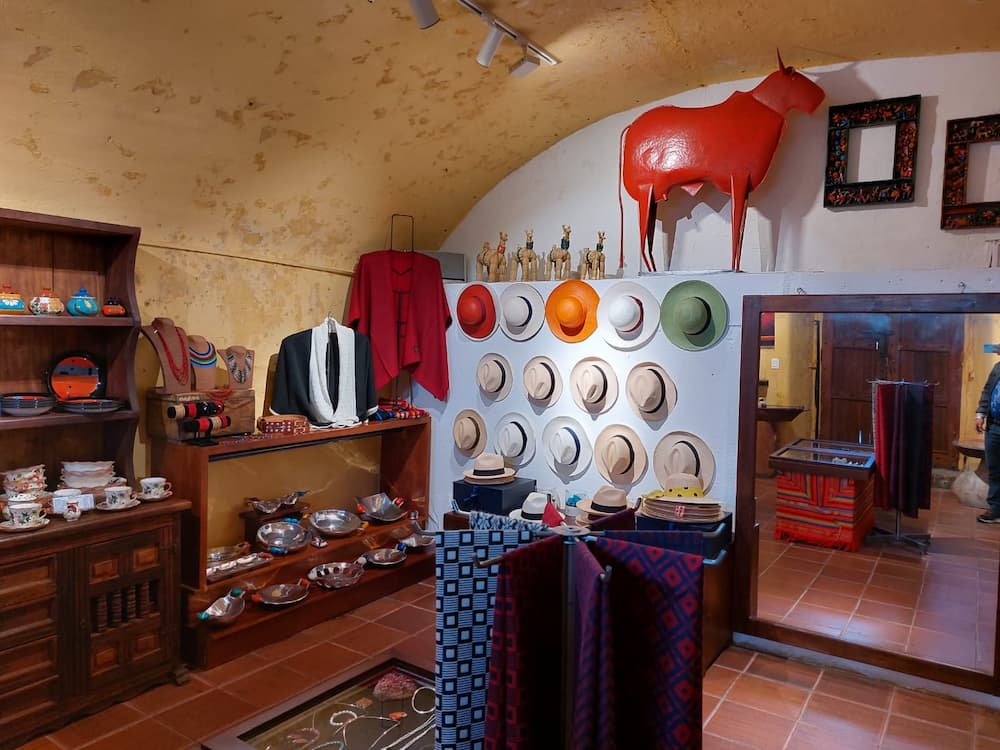
Toquilla straw hats have varied prices; the most expensive can cost up to $10,000 at this location.
Archeology in retort
Entering the catacomb of the atrium in San Francisco, Quito, folkloric music is heard and images of the Valdivia culture are observed, attached to the orange walls. This pre-Columbian archaeological culture developed from 4400 to 1450 BC.
Later on, the ceramics of the Kichwa women of Puyo can be appreciated. They are called “mucagua” and they are in the form of deep plates. It is revealed that they take advantage of nature's resources to make their works, for example they use women's hair to paint their pieces and by the way of their art they usually represent the shell of turtles and armadillos.
Pieces are retort of art
Throughout the catacombs there are more interesting stories such as those of the pre-Columbian masks that were used to make mummies or rituals. Pre-Columbian seals were also used to make tattoos or stamps; they smeared it with ink and placed it on any part of the body.
Visitors walk through the tunnels under the church and observe the different archaeological pieces. Andrea tells the story of the famous Cantuña, an indigenous man who built the atrium of the church of San Francisco de Quito through a pact with the devil in colonial times.
In a room there are various objects for sale such as ponchos, jackets, scarves, blankets, made from alpaca wool. In addition, there are jewelry such as necklaces and earrings made by the women of Saraguro (Loja) as part of their clothing.
Likewise, the ceramics of Eduardo Vega, a renowned ceramist from Ecuador, are displayed. There are different pieces of different colors brought from Cuenca, painted by hand.
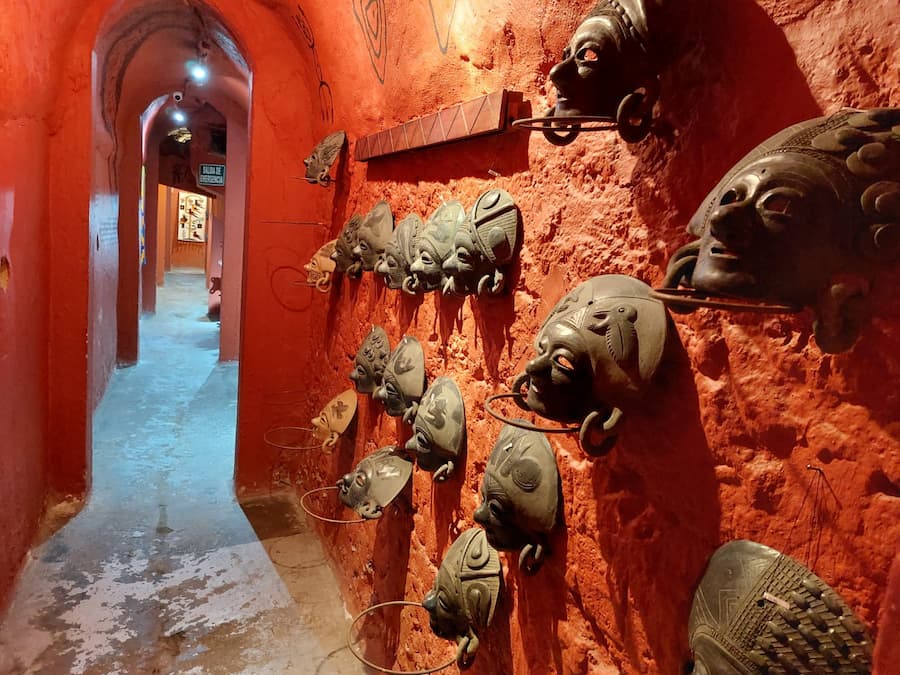
Masks with prehistoric motifs that are used as ornaments are among the items offered in the catacomb.
One of the icons of tourism and the commercial sector is the toquilla straw hat. These cost from $49 up to $10,000. Prices vary depending on the fineness of the fiber for the fabric. The catacombs and Ecuador Shops welcome them with joy and invite visitors to learn more about the history of Ecuador. That hides the atrium of San Francisco, in Quito. (I)
Best time to visit
To travel to Quito and visit its tourist places it is from January to October and December, where a mild, pleasant climate with moderate precipitation is perceived.
The average maximum temperature in Quito for the month of August is 18°C and 15°C in March, although it is recommended that even on sunny days you should have something to keep warm and protect yourself from the rain.
Office hours
- Monday to Saturday: from 7:30 a.m. to 12:30 p.m. and from 2:30 p.m. to 5:30 p.m.
- Sundays: from 7:00 a.m. to 12:00 p.m.
Direction
The church of San Francisco and the attractions that stand out around it, are located in the historic center, Calle Cuenca 477 and Sucre. In front there is a square, with the same name as in colonial times, it served as a popular market.
How to get
You can use the Integrated Trolleybus System, which has stops at Plaza Chica and Plaza de Santo Domingo.

